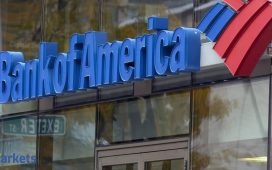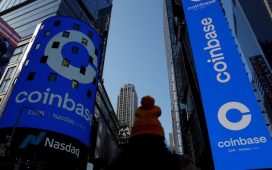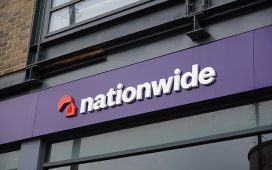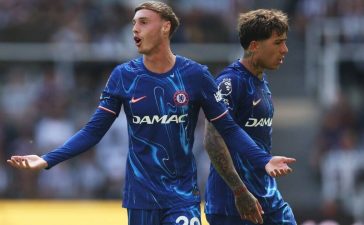Kochhar says that while stocks have corrected, that can be considered as a buying opportunity and as a play for the next five-six years as the investment cycle picks up. Longer term, Investec thinks discretionary consumption will be a theme to play for the next five, six years as per capita GDP grows.
How are you designing your model portfolio or your recommendations to your clients in this kind of an environment? If the next three, five year cycle has to be played off earnings growth, inflation coming down, trending lower, rates pausing or trending lower, then what kind of portfolio do you think will be suitable?
The way we are building the portfolio, for at least this year, we want to avoid two things: one is exceptionally high multiples because long-term cost of equity assumptions in India and globally will go up by a percent or so as per our calculations. This will mean that the high multiple stocks, high PE stocks de-rate. We want to avoid that de-rating at least for this year.
The second thing is, all these high PE stocks have high earnings expectations embedded in them. And we think that correction is underway. The earnings expectation correction is underway. That will continue through the rest of the year. If we avoid these two, that leaves some sectors available for us to play. Within banking, we are very attracted to the large private banks as a play because we believe their competitive advantage over the last 10 years has practically become unassailable. They are doing 2% ROA; rest of the Street is doing 1% or under.
So honestly, the competitive intensity 10 years back where the PSU banks, everybody was competing roughly with a similar asset side structure and the liability structure, is more or less for the time being, spoken for. So that is one sector where we like the valuation and the earnings trajectory going forward. We are positive there.
Longer term, we are running a thematic right now where we think discretionary consumption in the Indian market will be a theme to play for the next five, six years as per capita GDP grows. And that percolates into creating a new segment of consumption of the middle class. This is an oft spoken theme in the past, but the time for that has come. Sectors like hotels, restaurants all will gain. They are very, very small sectors right now. They will gain scale over the next five, six years in terms of that they will give high IRR for investors who are investing in those sectors.
If last quarter’s results are any guide or even in our interactions with a lot of consumption category, we saw certain sections of the discretionary consumption category saw some decline in demand and marginal drop in their numbers. Do you think that was more cyclical or temporary and not structural? They are providing a good entry opportunity because the theme is much more structural?
This is how we are approaching it. Of course, there has been a consumption hit. It is not like Covid did not happen. We saw a substantial decline in GDP during Covid and we have barely caught up with that. So, the savings of the poor and middle class have been substantially hit. They have been rebuilt.
Some consumption impact has been seen across the board. We are making a forward-looking call. It starts with the investment cycle. In India, we are very positive on the private capex cycle. We spoke about it when we were there last year on your show. Just to give you an idea, BSE 500 earnings is estimated today at $125 billion. Now that is a massive figure – Rs 10 trillion. The gap between the capex that we are doing today which is $50 billion and the earnings that BSE 500 is doing today is $75 billion. It is massive. We expect the private capex cycle to pick up. That will lead to job creation and will lead to savings building up again and it will give us the premiumisation run for the next five-six years that we are hoping for.
Other factors like manufacturing investments will also contribute. So, other things are also falling in place. Yes, there is some concern right now. Yes, stocks have corrected but for that we are looking at it as a buying opportunity and as a play for the next five-six years as the investment cycle picks up.











